National
Yadav and his party always fended off Gaur probe. Latest court order makes that difficult
This is the first real step to justice, says a petitioner about the ruling. ‘Now we hope the culprits will be brought to book.’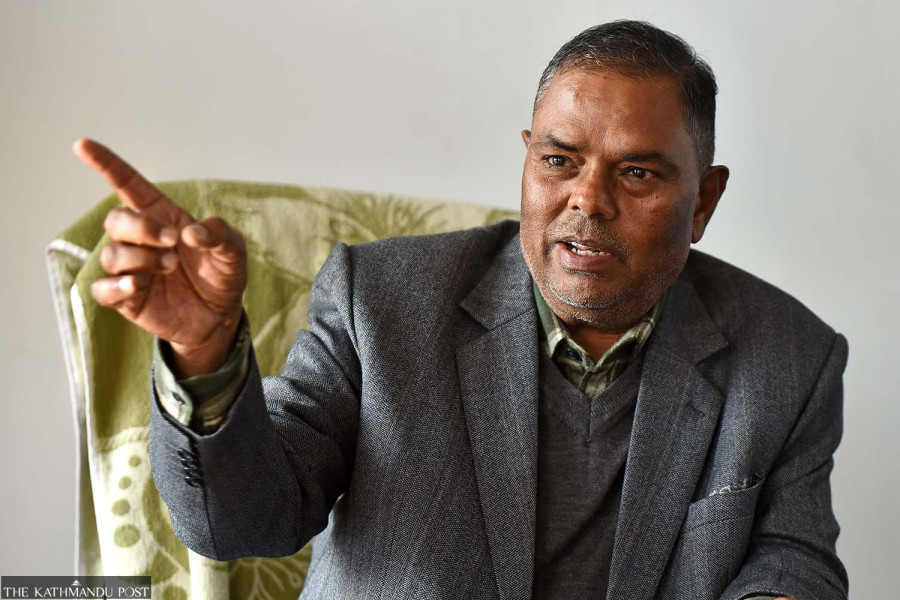
Post Report
Despite continuous demands from the victims’ families for a probe and various reports pointing fingers at him, Janata Samajbadi Party chair Upendra Yadav and his partymen remained successful in avoiding investigations against them in the 2007 incident of massacre in Gaur, Rautahat.
Every time there is a move towards probing the incident, his party would manoeuvre to deter it. Following weeks-long protests from the Gaur Massacre Victims’ Struggle Committee, the Ministry of Home Affairs on August 8, 2023 reached a five-point deal with the panel to launch a probe.
CPN (Maoist Centre) senior vice chair Narayan Kaji Shrestha was leading the ministry then under the Pushpa Kamal Dahal government.
However, a week later, on August 15, a meeting of the then ruling alliance, led by Dahal and attended by Yadav, concluded that there was no need to investigate the incident. Dahal’s government backtracked on the deal with the victims in just a week as the support from Yadav’s party was necessary for the continuation of his government.
Two years later, the Supreme Court has now made a clear ruling to probe the case, leaving no excuses for prolonging the investigation. “This is the first real step to justice,” said Tribhuvan Sah, one of the petitioners. “Now we are hopeful that the culprits will be brought to book.”
Different study reports, including those by the Office of the United Nations High Commissioner for Human Rights and the National Human Rights Commission, had suggested that the killing of 27 individuals and injuring 115 associated with the Maoists was a “premeditated, intentional and cruel crime”.
As per the OHCHR report, then Madheshi Janadhikar Forum-Nepal led by Yadav had decided to organise a rally at the Rice Mill field in Gaur on March 21, 2007 and had publicly announced it in advance. Later, the Maoists also decided to hold its gathering in the mill area on the same day, clearly inviting clashes.
At around 1.45 pm that day, a group of Forum cadres attacked the unattended stage of the Maoists. That prompted Maoist cadres to charge in the Forum’s stage using slingshots and throwing stones. As per the UN agency’s report, some shots of bullets were fired while a small number of explosions were heard.
Amid the clashes, the Maoist cadres came under violent attack from the Forum’s crowd wielding batons. Outnumbered and unable to defend themselves, 27 individuals linked to the CPN (Maoist) were killed over the following two hours in the ensuing violence, including four women and a 17-year-old girl. Many more were injured, mostly on the head, the report states.
One female and five male Maoist cadres were killed immediately in the mill area itself. Others were killed as they fled from the field. The violence was not confined to the mill’s area. Small groups of Maoist cadres were hunted down in the surrounding alleys and open areas of Gaur. Some were cornered in shops or residences, dragged outside, and beaten to death in full view of bystanders. Others were caught on the roads leading out of the town, attacked until they collapsed and left without medical assistance, the report adds.
According to forensic reports carried out on 25 of the victims, the cause of death of 24 was one or more fatal blows to the head with an instrument consistent with the weight and contours of a bamboo baton, the exception being one male who died as a result of multiple shrapnel injuries to the face and head.
The constitutional human rights commission has similar conclusions.
“The Forum cadres attacked, carrying out premeditated and inhumane actions against the Maoists. Their actions were cruel and barbaric,” reads the commission’s report. For instance, Maoist women activists’ breasts were chopped, women were beaten with sticks while stripped naked, and people were killed in a brutal manner.
“The modus operandi appeared to be the same in all the killings,” said the commission. “The perpetrators used sticks, rods, iron bars, spears, swords, and other deadly weapons to mercilessly suppress the mass gathering of people.”
Both the studies also suggest that local administration, including the Chief District Officer and police, failed to take even minimum action both to prevent the violence which had been anticipated, failed to intervene once the violence started and made no attempt to arrest anyone during the violence.
“The local administration therefore grossly failed in its responsibility to protect, which contributed to the fact that so many persons were killed and injured,” reads the OHCHR’s report.
Finding lapses in the security, the human rights commission had recommended actions against the security people while asking to investigate against 129 including Yadav. The commission had directed the government to take departmental actions against then Rautahat district police chief Yogeshwar Romkhami; then chief district officer Madhav Prasad Ojha; Superintendent of Police Ram Kumar Khanal; deputy superintendent of Armed Police Force Dharmananda Sapkota; and sub-inspector Kamakhya Narayan Singh.
“If they are no longer in service, do not allow them opportunity in future government service,” read the commission’s recommendation.




 10.12°C Kathmandu
10.12°C Kathmandu

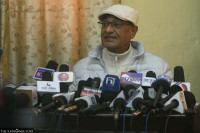
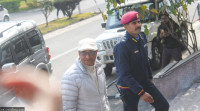
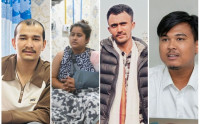



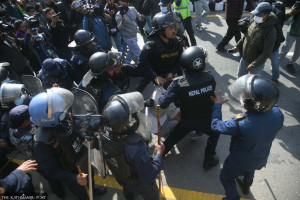
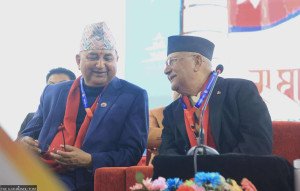



%20(1).jpg&w=300&height=200)

